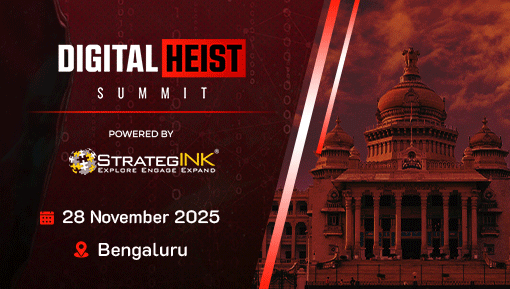
In an era where cyber threats grow more sophisticated by the day, relying solely on traditional security frameworks is no longer enough to safeguard critical assets. Organizations are shifting towards more dynamic and adaptive security strategies that emphasize constant monitoring, granular access controls, and proactive threat mitigation. These modern approaches focus on treating every user and device as a potential risk, ensuring that access to resources is granted only after rigorous verification and analysis of context-specific factors. By prioritizing real-time authentication and threat intelligence, businesses can better defend against more sophisticated attacks while maintaining operational efficiency.
The Evolution of Cybersecurity in a Perimeterless World
Traditional security strategies were built around the concept of a trusted internal network protected by a robust perimeter. These models assumed that once inside the network, entities could be trusted. However, with the proliferation of cloud technologies, hybrid work environments, and mobile-first ecosystems, the idea of a static perimeter has all but vanished.
To adapt to this new reality, cybersecurity frameworks have shifted to models that focus on verifying every access request, regardless of its origin. These approaches emphasize granular access controls, continuous monitoring, and dynamic risk assessments to ensure that users and devices are authenticated and authorized before they interact with critical resources. By treating every interaction as potentially risky, organizations can better mitigate threats, minimize vulnerabilities, and protect sensitive data in an increasingly distributed and interconnected digital landscape.
Implementing Zero Trust Security
Zero Trust may seem complex, but adopting this security model becomes much more straightforward with the right technology partner. For example, modern SASE platforms that integrate networking services with a built-in Zero Trust approach to user and device access can simplify the process. Such platforms enable organizations to automatically implement Zero Trust protection around all their assets and data, ensuring robust security without added complexity.
These platforms also offer centralized visibility and control, allowing organizations to manage access and enforce security policies consistently across their environments. By streamlining the implementation of Zero Trust principles, businesses can focus on protecting their assets without being overwhelmed by complexity. Thus, ensuring a smoother transition to a more secure framework.
Core Principles Driving Zero Trust Architecture
Zero Trust architecture enforces stringent verification and access controls to safeguard modern networks. It begins with Identity and Access Management (IAM), ensuring only authenticated users with verified credentials can access resources. Multi-factor authentication (MFA) adds a second layer of defense by requiring multiple verification steps.
To contain potential breaches, micro-segmentation isolates the network into smaller segments, limiting attackers’ lateral movement. Continuous monitoring provides real-time oversight of user activity and network traffic, enabling rapid detection and response to anomalies.
Finally, the principle of least privilege access restricts users and devices to the minimum permissions required, reducing the risk of unauthorized actions and limiting the impact of any compromise. Together, these principles form a dynamic and resilient security framework tailored to today’s evolving threat landscape.
Zero Trust: From Buzzword to Necessity
Imagine a security system that treats every digital interaction as potentially suspicious, requiring continuous verification—much like a hyper-vigilant airport security checkpoint that doesn’t just check your ID at the entrance but monitors your every move. Zero Trust operates on a simple yet powerful principle: trust nothing by default, verify everything constantly.
This methodology has transcended its status as a cybersecurity buzzword to become an essential security framework. As traditional network boundaries disintegrate in our cloud-native, distributed work environments, Zero Trust provides the vigilance needed to protect against increasingly sophisticated cyber threats.
Zero Trust: The role it plays in ensuring security
A Zero Trust architecture encompasses various principles and technologies that enable comprehensive and resilient network security. It introduces an extra layer of defense to restrict lateral movement within a network, aiming to minimize the impact of any potential security breach. Gartner reported that by 2025, 60 percent of organizations will have adopted Zero Trust as an initial security measure. As of now, 77.8 percent of organizations have implemented software-defined perimeter solutions, 52.2 percent are eyeing SD-Branch components, and 54.4 percent plan to adopt Zero Trust architecture and related security solutions in India (according to IDC).
Creating a robust IT security strategy is vital for organizations; however, IT leaders and cybersecurity decision-makers often grapple with the concepts and technologies forming the foundation of a Zero Trust architecture. Recent large-scale breaches have heightened awareness of the increasing risk of sensitive company data being stolen. Consequently, 67% of organizations expect to increase their cybersecurity budgets in the next 12 months, with anticipated budget increases ranging between 11% and 20%.
In a landscape where the number of data breaches and cyberattacks are increasing, businesses require a proactive and all-encompassing security approach to safeguard their valuable assets, secure customer data, and uphold the trust of stakeholders. Embracing Zero Trust has become a critical strategy in this effort. By adopting this security model, businesses can fortify their security posture, foster trust with stakeholders, and better shield themselves from cyber threats.






